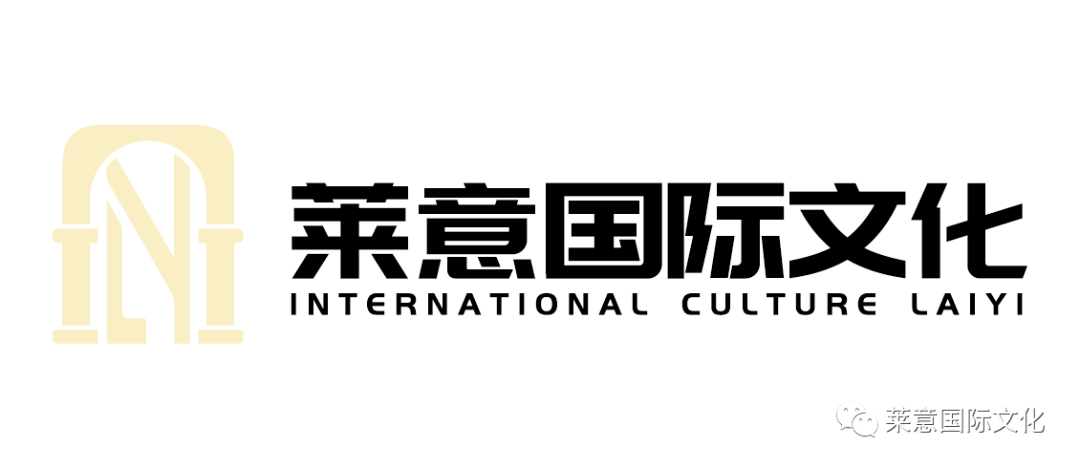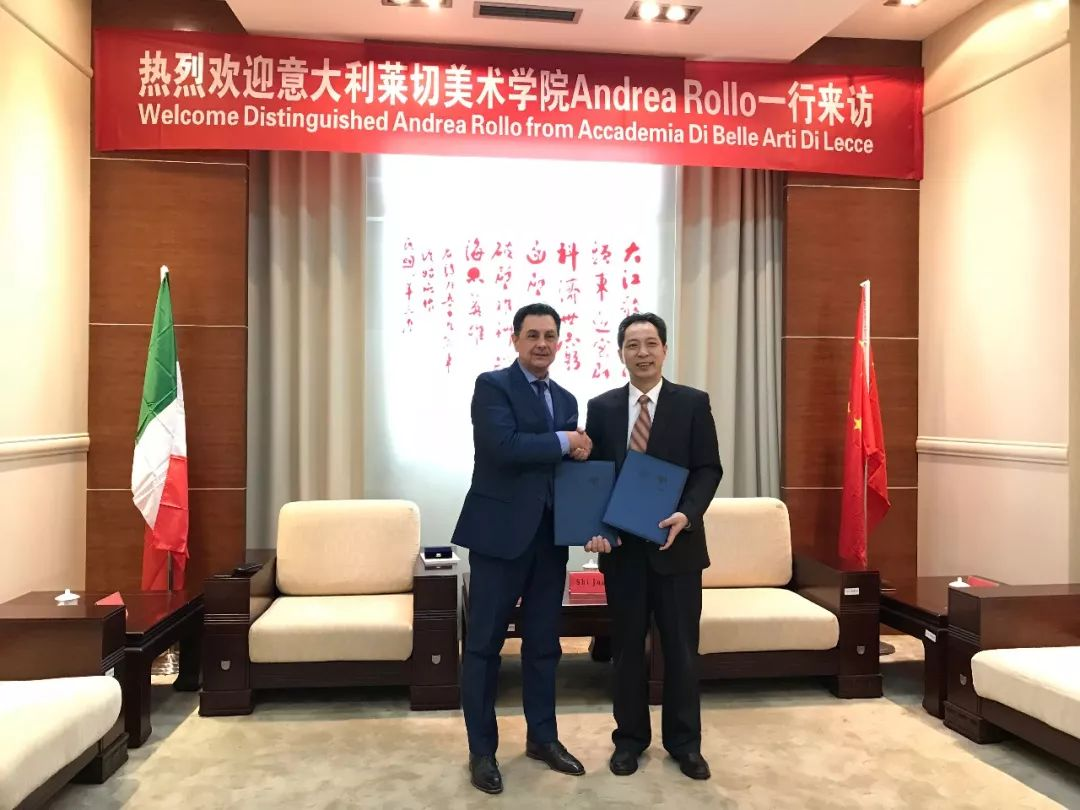The 2017 Slow Life and Healthy City China Small Town Development Seminar was held in Beijing
Recently, the characteristic urban development seminar with the theme of "How to build the the Belt and Road and build a slow life and healthy city" was held in Beijing. Shen Chi, Deputy Director of the Urban and Small Town Reform and Development Center of the National Development and Reform Commission, Li Bingdi, former Director of the Construction Planning Department, Gianni Stefano, Mayor of Casarazo, Italy, and a delegation from the city government, Shi Hongbo, President of the Saranto Sino Italian Cultural Exchange Association, Ma Xiaoli, Vice President of the European Chamber of Commerce in China, Cao Wei, a renowned planning architect, and several architectural planning experts had a multi-dimensional exchange. The experts, scholars, and guests attending the conference expressed full recognition and appreciation for the concept of "Slow Life · Healthy City" proposed by the International Slow Life Town Alliance. At the same time, the mayor and his delegation were invited to conduct a friendly visit to Shangqiu, meeting with Mayor Zhang Jianhui and Deputy Mayor Zhang Chi, among other leaders of the municipal government, and establishing a friendly city.

Shen Chi, Deputy Director of the Urban and Small Town Reform and Development Center of the National Development and Reform Commission, delivered a speech, stating that a lifestyle of "fast work, slow life" is more in line with the healthy lifestyle of Chinese people. In the past period of time, especially in the past 30 years, China has developed very rapidly. Urban development attaches great importance to the construction of fast lanes, with wide and wide roads. However, the current economic development is beginning to transform, emphasizing the quality of development. Therefore, it is very important for roads to meet people's travel needs. Whether in Beijing or Shenzhen, you will see that everyone's footsteps are very fast, but the fundamental purpose of our development is for people to have a better life. In some economically developed regions of China, there is a greater emphasis on the preservation of history, and Beijing is also paying more attention to the preservation of old urban areas, as well as placing great emphasis on the preservation of the history of some small towns. In addition to focusing on big cities, attention should also be paid to the construction of small towns and new rural areas in development. So, when China is catching up with European and American countries, it does need to increase its speed economically, but it should not be so fast in terms of daily life. In this way, people can have the conditions and energy to enjoy such a slow life in addition to their busy work.

At the same time, for the development and cooperation of small towns in the future, cultural exchange and cooperation between cities are particularly important. Understanding each other's history, discovering similarities and differences between cities, is also important for international city exchanges. European cities attach great importance to the protection of cultural relics and historical sites. Facing the present and future, we have many conditions for mutual exchange. Europe has a lot of experience, concepts, and technological strength in green development. In recent years, China's sharing economy has been at the forefront of the world, such as shared bicycles. Cultural communication can provide people with rich knowledge, and understanding different cultures can help them better understand the uniqueness of their own culture.
Li Bingdi, former director of the Construction Planning Department, stated in an interview that the concept of a slow living and healthy city has just begun in China, and the development of the city should meet the needs of the people. Firstly, we need to pay attention to the issues raised by the common people in urban development, find ways to solve the problems of air pollution and traffic congestion caused by urbanization, and improve the quality of urban functions; Secondly, it is necessary for the government to conduct urban governance more efficiently, meet the needs of residents living in the city to the greatest extent possible, and provide them with the greatest sense of happiness; The third is that we need to have a correct understanding of slow living ourselves. At the Fourth Conference on Urban Work in China this year, it was proposed that modern cities should not only have high efficiency and fast pace, but also give the people a sense of achievement and happiness. In recent years, the progress of cities has made many achievements, but at the same time, they also face some problems, such as insufficient environmental governance and insufficient ecological protection. The common people not only hope for good employment and income, but also hope for a good environment and a good sense of city.

At the seminar, as one of the founders of slow living cities, Tifano Giovanni, the mayor of Casarazzo, Italy, interpreted the role of urban construction and development from an international perspective on the protection of historical, cultural, and cultural relics. He believed that the way to build a "slow living and healthy city" should start from each individual's personality and create a comfortable life for everyone. Casarano has a wealth of historical relics, so there is no need to rebuild more new buildings to create urban facilities. It is a better choice to fully utilize historical and cultural resources and create a more livable environment that is more suitable for people. Integrating historical culture into today's life is a very good way of life. People in Casarano do not face significant pressure in their lives, unlike in big cities where competition is fierce. To build slow living towns in China, it is also necessary to do a good job in environmental protection. We hope that when building cities and characteristic towns, China can pay more attention to the quality of life of everyone, which is a primary goal.

Mr. Massimo Bagnasco, Vice President of the European Chamber of Commerce in China (Italy), believes that building cities to create multiple centers, each with its own functions and composite functions, can promote communication between centers and people. Ma Xiaoli believes that some indicators suitable for building a "slow life and healthy city" are opposite to some super big cities, but these are not absolute.
Li Qun, the counselor of Qinghai Province, put forward his own opinions from the perspective of architecture. On the one hand, it is necessary to do a good job in the positioning of the city. From a planning perspective, the renovation of old cities should be closely integrated with modern construction, and scientific planning should be carried out to achieve slow and fast, and slow is a kind of thinking, a way of life, and a beneficial supplement to future urban development.
Cao Wei, the chief expert of the Development Center of Beijing Slow Life Cities Alliance and a famous architectural planner, believes that when the massive health industry in the new era of China ushers in new opportunities and the construction of characteristic towns needs to find real highlights and opportunities, the concept of slow life and healthy city and the development of characteristic towns have found a new export. Slow life creates value for the city's culture and people's healthy quality of life and environment, and also creates conditions for China, Europe and even the the Belt and Road to open the door to exchanges with international cities. The construction of "Slow Life and Healthy City" characteristic towns will be conducive to better protecting, inheriting, and utilizing historical culture, style, cultural environment, and natural ecology, highlighting the local historical culture, healthy environment, and building urban characteristics and reputation. This will achieve the demands of the Slow Life City Alliance, which is to improve the healthy living quality and environment of local residents, promote and inherit local culture as the foundation, and develop local cultural tourism and related health industries, which will undoubtedly have a profound impact on the construction of characteristic towns.
During the exchange period, Wang Danyu, a research expert on characteristic towns and director of China Policy Research Wang, as well as Chen Baoshun, the first Chinese Ambassador to Italy, and Mr. Tang Youjing, the current counselor, Zhu Min, a director of the China Foundation for International Issues, and Mr. Shi Hongbo, the president of the Sino Italian Cultural Exchange Association in Saranto, Italy, delivered speeches respectively.
It is understood that the Beijing Slow Life Town Alliance Development Center, as a research institution of the National Development and Reform Commission's Center for Urban and Small Town Reform and Development, and the only authorized institution of the International Slow Life Town Alliance originating from Italy in the Asia Pacific region, conducts comprehensive research on the development and standard formulation of China's "Slow Life and Healthy City" characteristic towns. The center has rich planning and design experience in national characteristic towns and has a large number of successful cases. At present, the construction of national characteristic towns requires new breakthroughs. Therefore, the concept of building a "slow life and healthy city", standardizing the standards of healthy cities, and developing characteristic towns and health industries for slow life and health cities have been supported and recognized by ministerial leaders and senior experts.











First, please LoginComment after ~